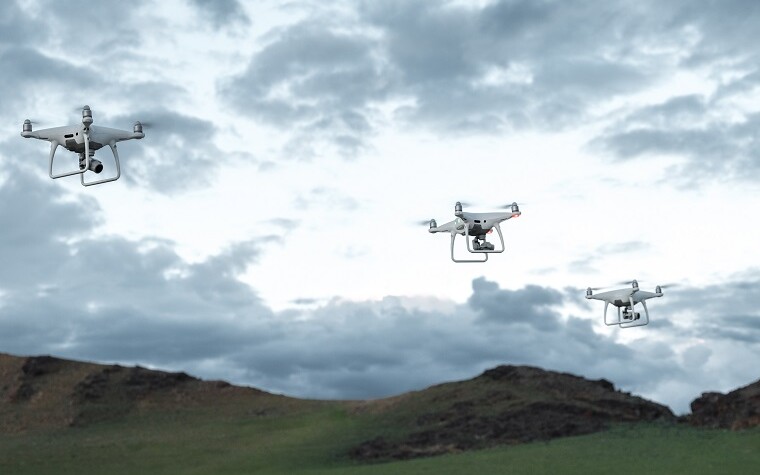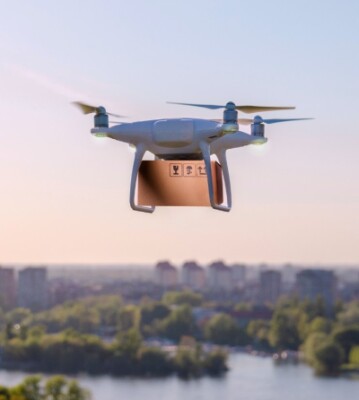This week’s “Around the Commercial Drone Industry” news round-up looks at a system that uses drones and AI to keep track of farm animals, ways to obtain permission to fly UAVs over Scottish landmarks, and new rules around BVLOS flights for drone deliveries in the UK.
Drones and AI Count Animals on New Zealand Farms
PGG Wrightson and Inde Technology have teamed up to create “SkyCount,” a system that combines drones and Microsoft's artificial intelligence to count farm animals. As reported by New Zealand’s 1 News, the system uses drones to film areas from above and artificial intelligence is used to count "specific species below — from the high country to the plains.” The system’s creators boast “99% accuracy in some cases,” and they say SkyCount reduces the time taken to conduct counts. What’s more, SkyCount’s drones have their propellers “swapped out” and fly at 120m so they don’t scare the animals.
Flying Drones Over Scottish Landmarks
Using a new platform developed by Altitude Angel, drone pilots can apply to fly over historic sites like Edinburgh Castle, Blackness Castle, and Doune Castle. According to an article in Dronelife, pilots can now use the flight planning app Drone Assist or go to dronesafetymap.com to request approval from the Historic Environment Scotland to fly UAVs over select sites. Dronelife stated that the new system “represents a milestone for both drone operators and heritage sites across Scotland” as it “promises to enhance the way these historic landmarks are experienced and documented through aerial footage.”
BVLOS “Roadmap” for Drone Deliveries in the UK
Unmanned Airspace reported on a new “roadmap” from the UK Civil Aviation Authority (CAA) for drone flights beyond visual line of site. The plan, according to the report, focuses on “demonstrating beyond visual line of sight (BVLOS) activities by the end of this year and establishing routine BVLOS operations by 2027.” Following a demonstration phase, the CAA seeks to create “areas of airspace where UAS are able to operate together and with other airspace users,” which could enable drones to “carry out tasks like transporting specialised chemotherapy drugs to hospitals, mail to remote locations and carrying defibrillators to emergencies.”















Comments